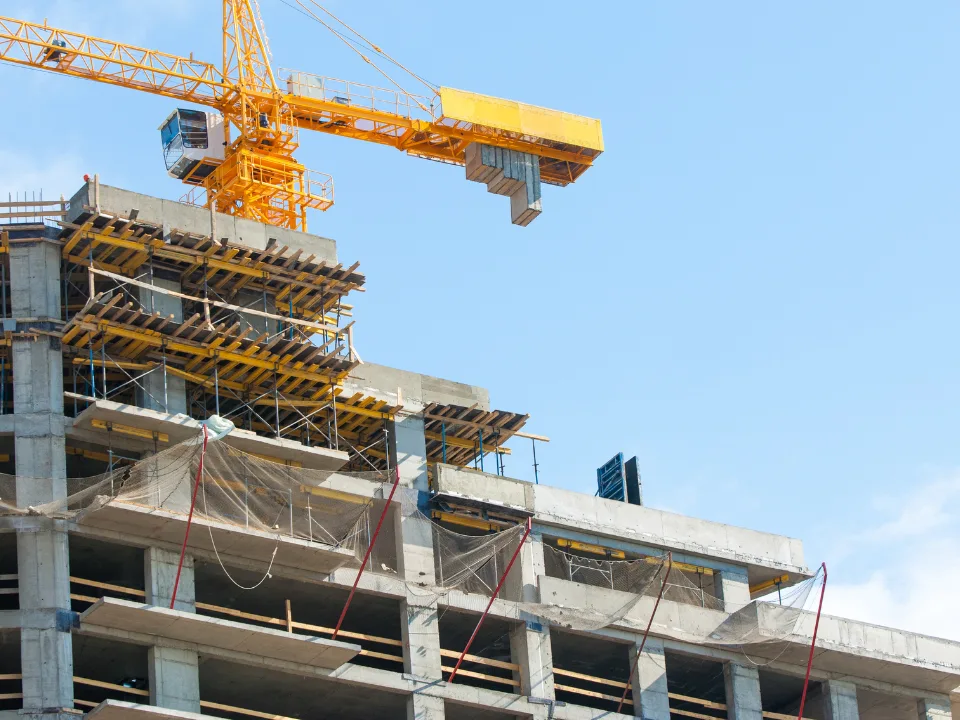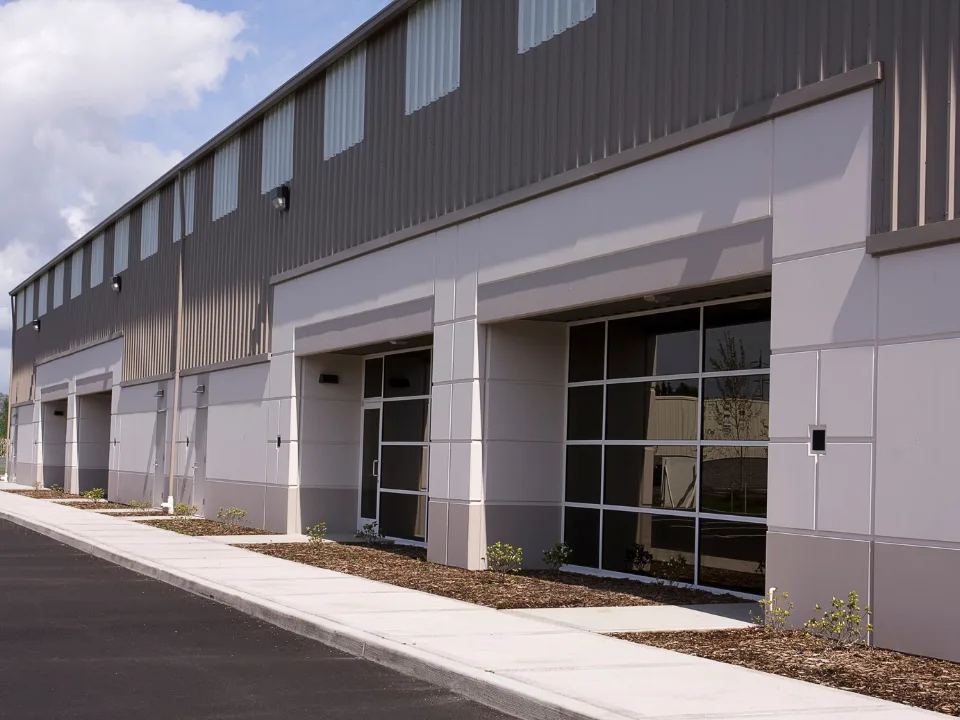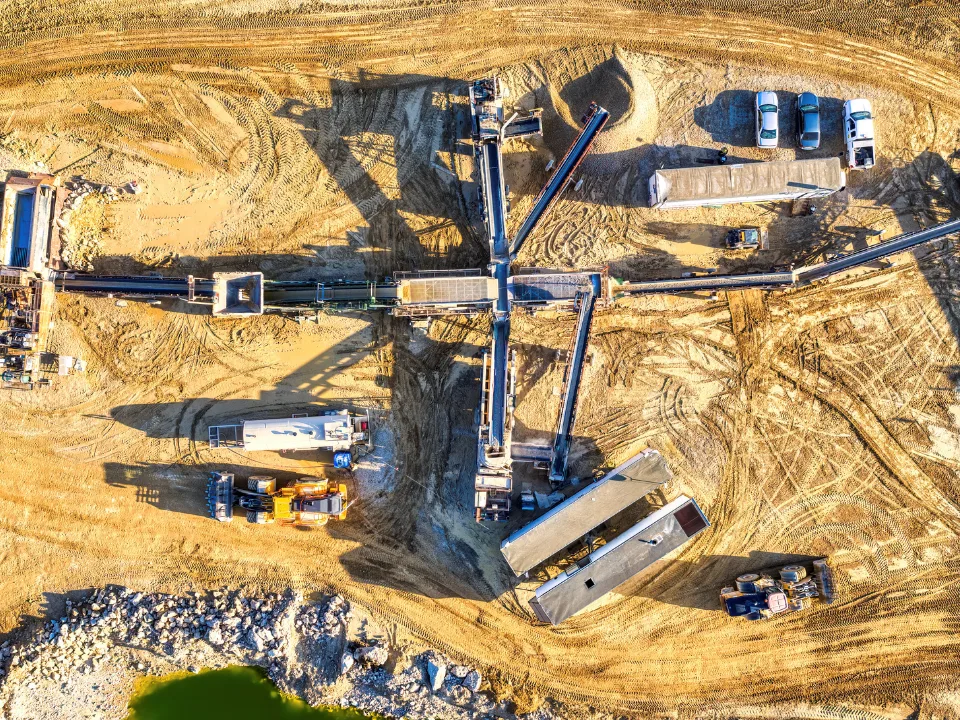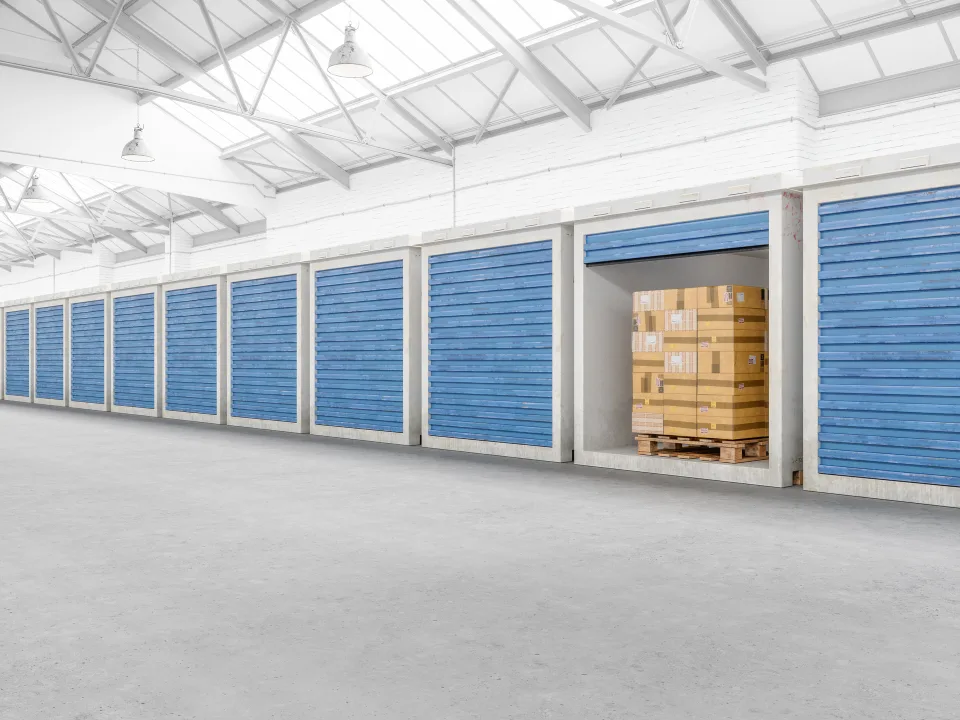- Nearly half of respondents encountered permitting or construction delays, showing that process slowdowns are still a major hurdle.
- A large majority—72%—had to reprice deals this quarter, highlighting continued market instability and financial uncertainty.
- Labor constraints are easing, with nearly one-third of firms reporting improved labor availability.
- At the same time, only 11% of developers said labor had become harder to find, suggesting overall improvement in workforce access.
Construction Conditions Remain Uneven in Q2 2025
The latest Construction Quarterly Survey, conducted from June 3–18 by the NMHC, reflects a mixed environment for multifamily builders. The report, which includes feedback from 47 leading firms, captures both persistent obstacles and areas of relief in the development process.
Permitting Delays Still Common
Although some conditions have improved, permitting and construction timelines continue to lag. In fact, 43% of respondents said they experienced delays in securing approvals or progressing on job sites. This marks only a slight improvement from prior quarters.
Get Smarter about what matters in CRE
Stay ahead of trends in commercial real estate with CRE Daily – the free newsletter delivering everything you need to start your day in just 5-minutes
Deal Repricing Gains Momentum
Financial pressures continue to ripple through the market. About 72% of surveyed developers had to reprice deals, a signal that rising costs or changing market assumptions are reshaping project economics. As a result, more projects may face underwriting challenges or timeline adjustments.
Labor Supply Eases Slightly
In better news, labor availability is trending in the right direction. While only 11% of firms said labor was harder to find, 32% reported that labor conditions had improved. This shift could help offset some of the permitting and pricing headwinds developers are facing.
Material Delays Still Linger
Multifamily construction materials remain a challenge, although less severe than in previous quarters. Around 26% of firms encountered delays in obtaining materials. However, this number has not worsened and may indicate some stabilization in supply chains.
New Data Tools Added
For the first time, the survey includes forward-looking questions about labor and materials availability. The results are now accompanied by standard diffusion indices, which provide a more dynamic view of where conditions may head next.

Why It Matters
Even as labor becomes more available, developers are still battling permitting issues and financial instability. Repricing trends, in particular, may affect deal volume and feasibility heading into the second half of 2025.
What to Watch
As conditions evolve, future surveys will help track whether labor relief continues and whether pricing pressures ease—or grow worse. These trends will be key for developers, lenders, and policymakers navigating a complex market landscape.

















